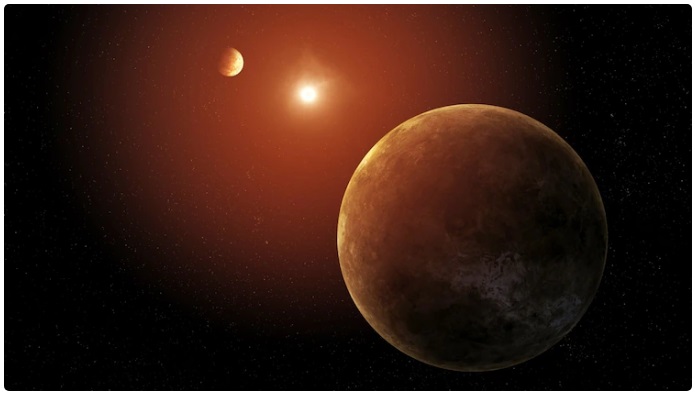
Pakyong, November 8 : Astronomers have made an astounding discovery within an alien solar system, one that has left the world of science buzzing with excitement. This groundbreaking revelation is among the most captivating highlights found in a new Kepler catalog, boasting a staggering 4,400 planet candidates, including an impressive 700 multi-planet systems.
The foremost query that has perpetually occupied the minds of astronomers is whether we are alone in the vast expanse of the universe. This recent discovery has intensified this curiosity to a whole new level.
In a revelation that has left the scientific community in awe, the retired Kepler space telescope, operated by NASA, has disclosed a sizzling congregation of seven planets, each basking in more radiant heat from their host star than any planet within our own solar system.
This extraordinary system, aptly named Kepler-385, stands out in its own right due to a peculiar trait: all seven of its planets are larger than Earth but smaller than Neptune, differentiating it from our celestial neighbors.

Kepler-385 is a rare gem among known planetary systems as it boasts more than six confirmed planets or planet candidates. This astonishing discovery remains a crowning achievement within the new Kepler catalog, which encompasses a treasure trove of nearly 4,400 planet candidates, including an impressive collection of over 700 multi-planet systems.
Jack Lissauer, a research scientist at NASA’s Ames Research Center in California’s Silicon Valley, and the lead author of the paper presenting the new catalog, enthusiastically stated, “We’ve assembled the most accurate list of Kepler planet candidates and their properties to date.” He emphasized that this comprehensive catalog will empower astronomers to delve deeper into the enigmatic characteristics of exoplanets.
At the heart of the Kepler-385 system lies a star akin to our own Sun, approximately 10% larger and 5% hotter. The system’s two inner planets, which are slightly larger than Earth, are believed to be rocky and might possess thin atmospheres.
The remaining five planets are significantly larger, each boasting a radius approximately double the size of Earth’s, and are presumed to be shrouded in thick atmospheres.
The ability to provide such an intricate description of the Kepler-385 system underscores the unparalleled quality of this latest exoplanet catalog. In contrast to previous catalogs, which primarily sought to gauge the prevalence of planets orbiting other stars, this comprehensive list delivers precise data about each system, ultimately enabling discoveries like Kepler-385.
This new catalog employs enhanced measurements of stellar properties and refines the calculations of each transiting planet’s path across its host star, revealing that systems with multiple transiting planets tend to exhibit more circular orbits compared to systems with only one or two planets.
Kepler’s primary mission concluded in 2013, followed by an extended mission known as K2, which persisted until 2018. The wealth of data collected by Kepler continues to unveil astonishing revelations about our Milky Way galaxy. With prior confirmations that planets outnumber stars, this new study deepens our understanding of the diverse worlds that exist beyond our solar system.
The details of this remarkable discovery have been officially published in The Journal of Planetary Science, marking a significant milestone in our ongoing quest to unravel the mysteries of the cosmos.





